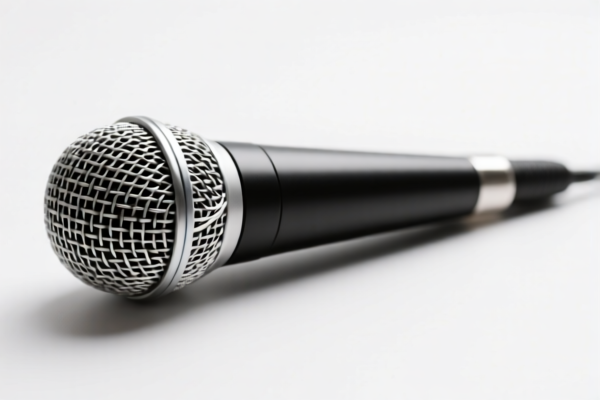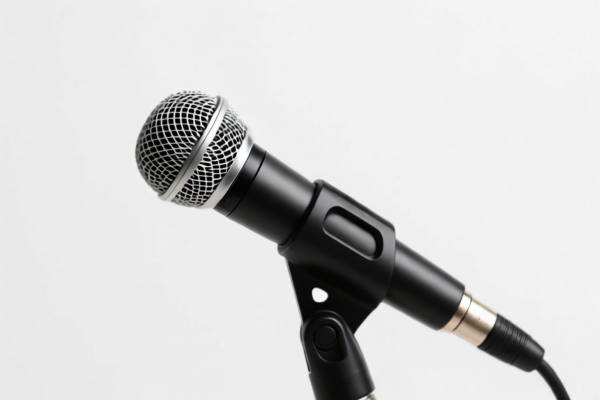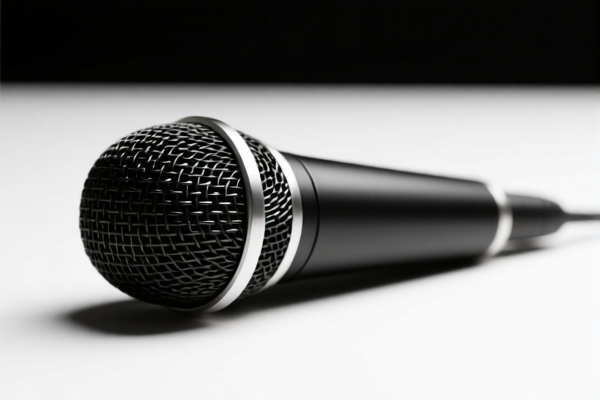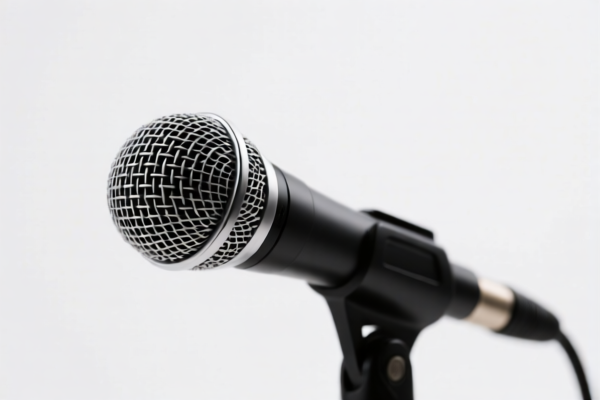| HS Code | Official Doc | Tariff Rate | Origin | Destination | Effective Date |
|---|---|---|---|---|---|
| 9620005000 | Doc | 60.3% | CN | US | 2025-05-12 |
| 9620005500 | Doc | 58.3% | CN | US | 2025-05-12 |
| 4205000500 | Doc | 57.9% | CN | US | 2025-05-12 |
| 4205008000 | Doc | 55.0% | CN | US | 2025-05-12 |
| 4202995000 | Doc | 62.8% | CN | US | 2025-05-12 |
| 8518908100 | Doc | 55.0% | CN | US | 2025-05-12 |
| 8518906000 | Doc | 55.0% | CN | US | 2025-05-12 |
| 8548000000 | Doc | 55.0% | CN | US | 2025-05-12 |
| 3926904000 | Doc | 32.8% | CN | US | 2025-05-12 |
| 3926909989 | Doc | 42.8% | CN | US | 2025-05-12 |
| 3921904010 | Doc | 34.2% | CN | US | 2025-05-12 |
| 3921904090 | Doc | 34.2% | CN | US | 2025-05-12 |




Speaker Cover
A speaker cover is a protective accessory designed for loudspeakers, typically to shield the delicate components from damage, dust, and environmental factors. They are commonly used in a variety of settings, ranging from home audio systems to professional concert equipment.
Material
Speaker covers are constructed from a diverse range of materials, selected based on the level of protection required, aesthetic considerations, and cost. Common materials include:
- Fabric: Often polyester or nylon, frequently with a woven texture. Fabric covers are breathable, allowing sound to pass through unimpeded, and offer moderate protection against dust and light impacts. They are often used for aesthetic purposes.
- Metal: Typically steel or aluminum. Metal covers provide robust protection against physical damage, moisture, and potential tampering. They are common in professional audio applications and outdoor installations.
- Plastic: Acrylic or polycarbonate are frequently used. Plastic covers offer a balance of protection and transparency, allowing visibility of the speaker components.
- Foam: Used for cushioning and light protection, often in conjunction with other materials.
- Wood: Primarily used in vintage or custom speaker designs, offering both protection and a specific aesthetic.
Purpose
The primary purposes of a speaker cover are:
- Protection: Shielding the speaker cone, tweeter, and other components from physical damage (impacts, abrasions).
- Dust Prevention: Preventing dust accumulation, which can degrade sound quality and potentially damage components.
- Moisture Resistance: Protecting against splashes and humidity, particularly important for outdoor use.
- Aesthetic Appeal: Providing a finished look and concealing internal components.
- Tamper Resistance: Discouraging accidental or intentional damage to the speaker.
Function
Speaker covers function by creating a physical barrier between the speaker components and the surrounding environment. The design often incorporates features such as:
- Grilles: Perforated or woven sections that allow sound to pass through while blocking debris.
- Frames: Provide structural support and secure attachment to the speaker enclosure.
- Mounting Mechanisms: Include screws, clips, magnets, or snap-fit designs for easy installation and removal.
- Handles: Facilitate transportation and handling of the speaker.
Usage Scenarios
Speaker covers are used in a wide range of applications:
- Home Audio: Protecting bookshelf speakers, floor-standing speakers, and subwoofers.
- Professional Audio: Protecting stage monitors, PA speakers, and concert equipment.
- Outdoor Installations: Protecting speakers used in gardens, patios, or public spaces.
- Automotive Audio: Protecting car speakers from dust and physical damage.
- Marine Audio: Protecting speakers used on boats and other watercraft, requiring water-resistant materials.
Common Types
- Fabric Grilles: The most common type, offering moderate protection and aesthetic appeal. Often found on home stereo speakers.
- Metal Grilles: Provide robust protection, often used in professional and outdoor applications.
- Plastic Covers: Offer a balance of protection and visibility, often used in car speakers and some home audio systems.
- Full Enclosure Covers: Completely enclose the speaker, providing maximum protection from all environmental factors. Common in professional stage equipment.
- Custom Covers: Designed specifically for a particular speaker model or application, offering tailored protection and aesthetics.
- Magnetic Covers: Attach to the speaker using magnets, providing easy installation and removal.
Based on the provided information, speaker covers can potentially fall under several HS codes, depending on their material and specific characteristics. Here's a breakdown of relevant options:
-
8518.90.81.00: This HS code covers Parts of Microphones and stands therefor; loudspeakers, whether or not mounted in their enclosures; headphones and earphones, whether or not combined with a microphone, and sets consisting of a microphone and one or more loudspeakers; audio-frequency electric amplifiers; electric sound amplifier sets. Specifically, it applies to Other parts, and Other. This could include covers designed for loudspeakers. The total tax rate is 55.0% (0.0% basic tariff + 25.0% additional tariff + 30.0% additional tariff after April 2, 2025).
-
3926.90.40.00: This HS code covers Other articles of plastics and articles of other materials of headings 3901 to 3914. Specifically, it applies to Other, and Imitation gemstones. While not a direct match, if the speaker cover is made of plastic and has a decorative appearance, this code might be applicable. The total tax rate is 32.8% (2.8% basic tariff + 0.0% additional tariff + 30.0% additional tariff after April 2, 2025).
-
3926.90.99.89: This HS code covers Other articles of plastics and articles of other materials of headings 3901 to 3914. Specifically, it applies to Other, and Other. If the speaker cover is made of plastic and doesn't fall under more specific categories, this could be a suitable option. The total tax rate is 42.8% (5.3% basic tariff + 7.5% additional tariff + 30.0% additional tariff after April 2, 2025).
-
3921.90.40.10: This HS code covers Other plates, sheets, film, foil and strip, of plastics. Specifically, it applies to Other, and Flexible Reinforced with paper. If the speaker cover is a flexible plastic sheet reinforced with paper, this code might be applicable. The total tax rate is 34.2% (4.2% basic tariff + 0.0% additional tariff + 30.0% additional tariff after April 2, 2025).
-
3921.90.40.90: This HS code covers Other plates, sheets, film, foil and strip, of plastics. Specifically, it applies to Other, and Flexible Other. If the speaker cover is a flexible plastic sheet without paper reinforcement, this code might be applicable. The total tax rate is 34.2% (4.2% basic tariff + 0.0% additional tariff + 30.0% additional tariff after April 2, 2025).
It is important to determine the exact material composition of the speaker cover to ensure accurate classification. If the cover is made of wood, HS code 9620005500 might also be considered.
Customer Reviews
The page had good HS code info for exporting to the US. It would have been even better with a comparison to other countries, but it's still solid.
I needed details on plastic builder’s doors and their HS code. This page had all the info I needed in a straightforward way. Highly recommend!
Perfect resource for understanding HS code 3925 and the associated tariffs. Saved me time and confusion when dealing with customs.
The explanation on the 5% tariff rate was clear, but I wish there were more examples for different product types. Still, it was useful.
I was looking for HS code details for plastic doors and found exactly what I needed here. Definitely a go-to resource for trade info.